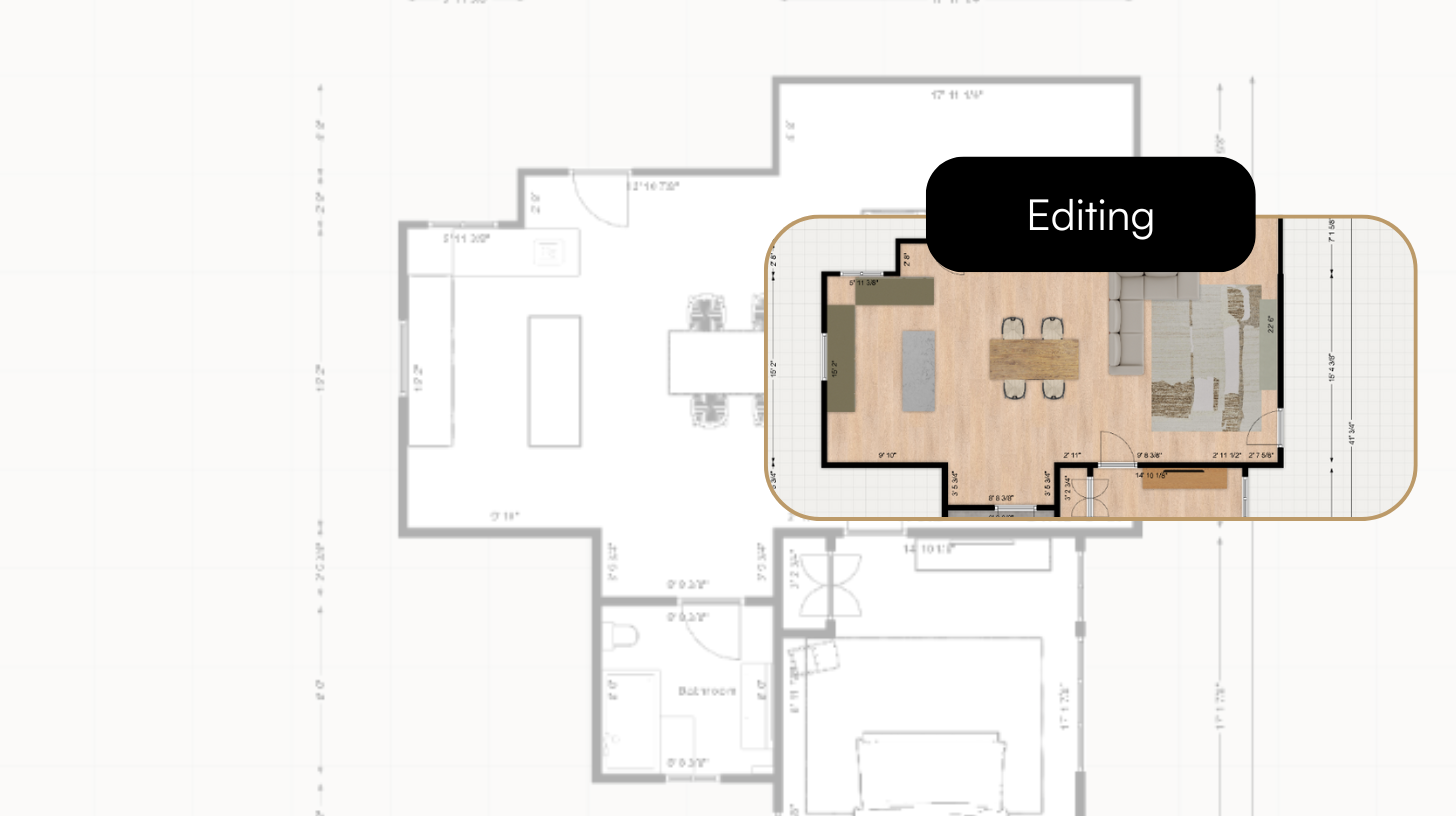
The Impact of Climate Change on Urban Design and Planning
Climate change is a pressing issue that affects all of us, and its effects are especially significant in urban areas. As cities continue to grow and become more densely populated, it's crucial that we take steps to ensure that they can withstand the impacts of a changing climate. This means rethinking the way we design and plan our cities, and considering the role that technology, like generative AI, can play in helping us create more resilient urban environments.
Understanding the Challenges
Climate change poses some serious challenges for urban design and planning. Rising temperatures, increased frequency of extreme weather events, and sea level rise can all disrupt the function of cities and threaten the safety and well-being of residents. To tackle these challenges head-on, we need to understand the specific ways in which climate change will impact our urban areas.
The Role of Generative AI in Urban Design and Planning
Generative AI is an exciting new technology that has the potential to revolutionize the way we design and plan our cities. At its core, generative AI uses machine learning algorithms to generate new designs, analyze data, and simulate different scenarios. This can be incredibly helpful in addressing the challenges of climate change.
For example, generative AI can be used to simulate the effects of different design decisions on the energy efficiency of a building or the urban heat island effect. It can also be used to predict the impacts of sea level rise or increased flooding on a particular area, or to identify areas of a city that are most vulnerable to extreme weather events.
In addition, generative AI can be used to generate a wide range of different design options, allowing urban planners and designers to quickly compare and evaluate different solutions. This can lead to more efficient and effective decision-making, and ultimately help to identify the most resilient and sustainable solutions.
Incorporating Climate Resilience into Architecture
Climate change is likely to have a significant impact on the built environment, and architects have a crucial role to play in designing buildings that are resilient to the effects of climate change. This means designing buildings that can withstand extreme weather events, such as high winds, heavy rain, and floods, as well as reducing the urban heat island effect and making buildings more energy efficient.
One important aspect of incorporating climate resilience into architecture is designing buildings that can withstand extreme weather events. This can include using materials and construction techniques that are known to be durable and able to withstand high winds and heavy rain. Additionally, architects can design buildings with elevated first floors or with green roofs and walls to reduce the risk of flooding.
Another key aspect of incorporating climate resilience into architecture is reducing the urban heat island effect. The urban heat island effect is a phenomenon where urban areas are significantly warmer than surrounding rural areas, due to factors such as the concentration of buildings and paved surfaces. Architects can help to reduce the urban heat island effect by incorporating green roofs and walls into building design, which can help to cool the surrounding area and improve air quality.
Additionally, listed below are five examples of software tools that allow for the evaluation of climate factors.
- Cove.tool - this is a free web-based tool that allows users to evaluate the energy performance of buildings, and it is developed by the National Renewable Energy Laboratory.
- BEopt - is a software tool that allows building designers, researchers and analysts to optimize the design of houses, apartments, and small commercial buildings for energy efficiency, cost-effectiveness, and environmental impact.
- WUFI - is a software tool that allows for the simulation of the moisture behaviour of building components and systems.
- EnergyPlus - is a whole building energy simulation program that engineers, architects, and researchers use to model both energy consumption and water use in buildings.
- DesignBuilder - is a software tool that provides a user-friendly interface for building energy and daylighting simulation, and it is used by architects, engineers, and building scientists to model and optimize the energy performance of buildings.
Conclusion
Climate change is a complex and multifaceted problem, but by using generative AI and incorporating climate resilience into architecture, we can develop solutions that are better equipped to withstand the effects of a changing climate. As urban populations continue to grow and the impacts of climate change become more pronounced, it's more important than ever that we take action now to create more resilient cities for the future.










